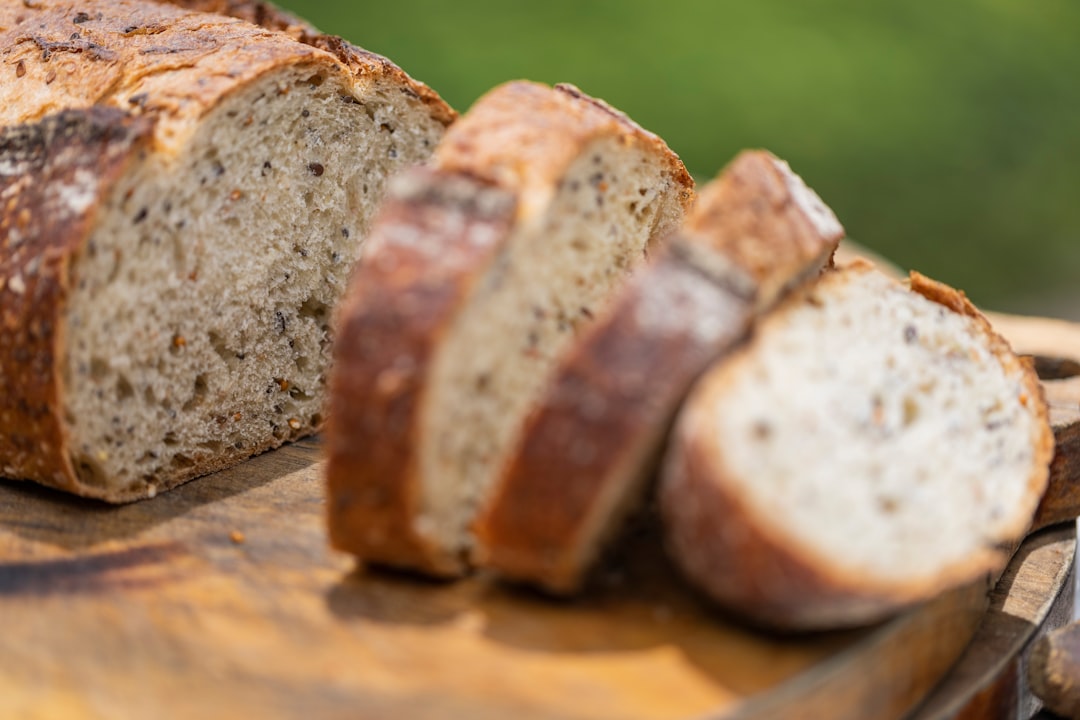- The Daily Tonic
- Posts
- Does “Whole Grain” actually mean healthy?
Does “Whole Grain” actually mean healthy?
Plus: Recipes to fuel your body and feel your best.
“Each new day is a blank page in the diary of your life. The secret of success is in turning that diary into the best story you possibly can.” - Douglas Pagels
Thursday. An FDA panel determined that phenylephrine — the active ingredient in oral versions of well-known medications like Sudafed and Benadryl — might be about as effective as a “get well soon.”. Recent research revealed it performed no better than a placebo in clearing sinuses, confirming suspicions held by many pharmacists that this stuff just doesn’t work. The crazy part is that Americans spend north of $5 billion a year on these over-the-counter cold remedies. Yikes. Moving on to something else that might not be as good for you as you think — are whole grains actually healthy? Let’s dive in.
The leading decongestant used by millions of Americans looking for relief from a stuffy nose is likely no better than a dummy pill, according to government experts. cbsn.ws/3raKaJw
— CBS News (@CBSNews)
3:20 AM • Sep 13, 2023
Together with Inside Hotels
Hotels We Love: Park Central Hotel New York
Offering a variety of rooms and suites to ensure a just-right stay for both business and leisure travelers, Park Central Hotel New York is about as one-size-fits-all as a hotel can get.
Each room offers a desk to ensure work gets done, and pillow-top mattresses guarantee a good night’s sleep. Downstairs, the Central Market supplies grab-and-go offerings to busy travelers, while the Jeffrey Beers International-designed Park Lounge serves up light bites and signature cocktails. Whether you’re in Midtown Manhattan for a night or a week, Park Central is a good bet.

Are Whole Grains Healthy?
Ever wander down a grocery store aisle surrounded by labels boasting “whole grain” or “whole wheat”? Walk into a Whole Foods, and you can’t take two steps without bumping into something made with “whole grains.” It’s easy to think these might be the healthier option. I mean, it sounds good. But is that always the case?
First things first — what is “whole grain” or “whole wheat”? Wheat is a grain that turns into glucose when digested, raising our blood sugar. Grains can be whole or refined. Whole grains have everything intact: the bran, germ, and endosperm. Refined grains miss out on the bran and germ because they get taken away during processing. This refining step makes the grain lose its fiber, iron, and some vitamins.
Now, let’s talk about blood sugar. Our body loves fiber because it helps keep our blood sugar levels in check. Whole grains, being fibrous, shouldn’t raise blood sugar as fast as refined grains. But there’s a catch: even if “whole wheat” has been refined into flour, your body will absorb it quickly. This means it can raise your blood sugar super fast, just like white bread!
So, what does the research say? One study found that the size of the grain particles matters a lot. Bigger particles like semolina make our blood sugar rise more slowly than finer ones. Another study compared whole wheat flour to white flour. It turns out that milling grains into flour changes them, causing similar blood sugar spikes from both whole wheat and white flour.
It’s not all bad news. Other research does show that whole grains can be better than refined ones. Overweight people on whole-grain diets had lower blood sugar levels than those who ate refined grains. The reasons? Maybe the extra fiber or the bran.
Interestingly, another study found that how our bodies react to whole versus refined grains might depend on the person. They found that the types of bacteria we have in our gut can predict how our blood sugar will react to different breads.
The key takeaway? While whole grains might have some benefits over refined grains, the differences seem minimal if it’s turned into flour. Plus, these foods can sometimes have other stuff we don’t want, like added sugars. Shocker, I know, but a whole wheat donut is still a donut.
And those “whole grain” labels? They can be tricky. Just because something says it’s “whole grain” doesn’t mean it’s 100% that way. In fact, to call something “whole grain,” only a little over half of it needs to be whole grain. And if the label says “whole grains,” but it’s not the first ingredient, it might have as little as 1%!
That’s how some sugary cereals can still claim to be “whole grain.”
So, next time you’re shopping, remember: it’s always best to choose real, whole foods when possible. And be careful with those “whole grain” labels — it’s always a good idea to check the back of the packaging to see what’s really inside.
Tonic Shots
1. Who doesn't want to live better, longer?
Looking to feel just as good, if not better, in your 30s, 40s, and 50s than you did in your 20s? Within just three months of starting their proactive health optimization program with Lifeforce, 85% of members report an improved quality of life.
2. Fall Is Here! (kind of)

This baked apple pie dip is the perfect Fall dessert snack if you want a healthier option that you can make yourself. I love making my own desserts because then I know exactly what is in it!
3. Something Easy!

Sometimes you just need something easy to prep and have some protein on hand! Baked chicken breasts check off all those boxes and this recipe nails it.
Keep Reading
Love The Daily Tonic? Here’s another newsletter you may love too:
|
How was today's newsletter? |



